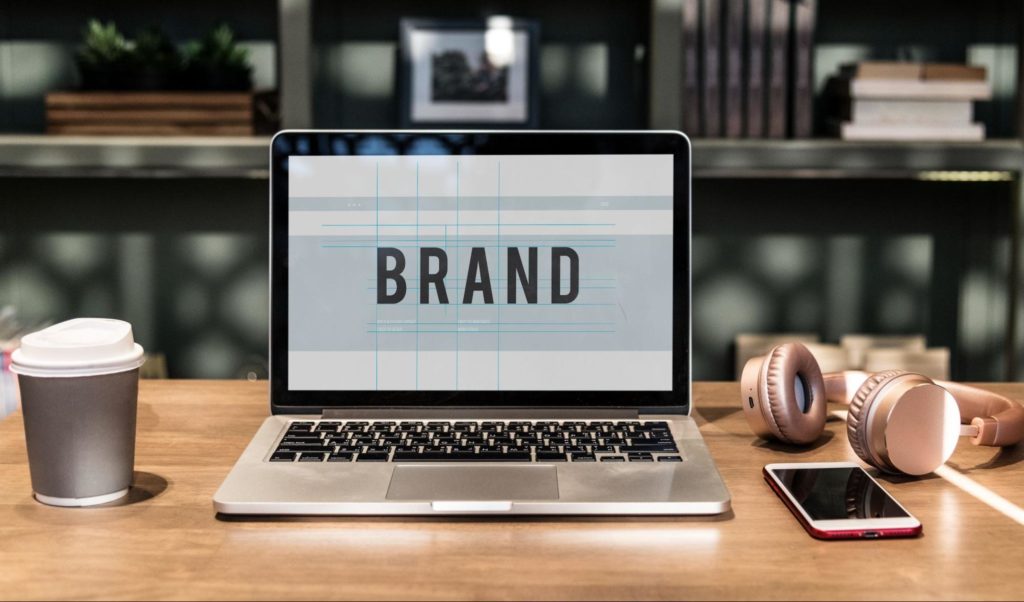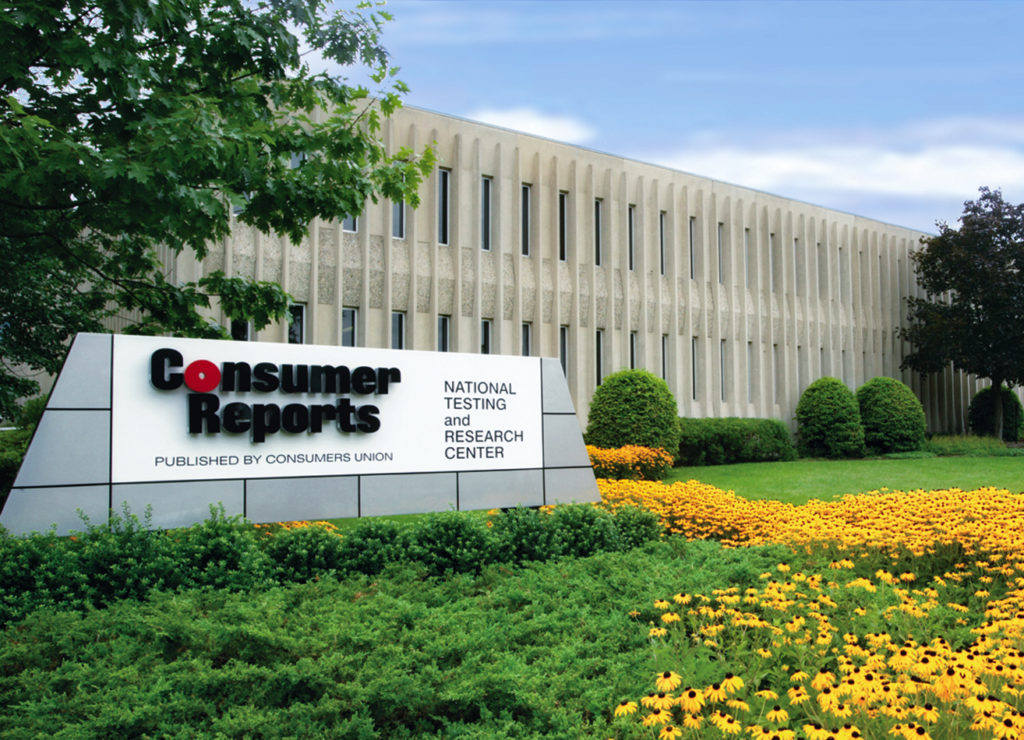For today’s multi-location companies, brand is everything. It’s the first thing that often comes to mind for customers looking to purchase a certain type of product or service.
How well are you managing the “building blocks” of your brand, however?

Those building blocks are the brand assets — the digital and physical materials that showcase your identity as a company, while creating a certain image and feeling that customers link with your products.
If you’re not distributing, organizing, tracking the usage of, and deploying those brand assets efficiently, it’s a near guarantee: your company is missing out on leads and sales, and is likely seeing a lower-than-necessary ROI on your marketing efforts as a whole.
You can fix this. Your brand assets can be effectively managed for better market positioning, and ultimately, a better bottom line.
Welcome to RevBase’s Ultimate Guide to Brand Asset Management. Act now to establish or correct your brand asset management procedures, and the effort will absolutely pay off down the line!
What Are Brand Assets?
Brand assets are all the documents, digital files, and every other piece of collateral that gives your company a distinct tone, look, and feel when it comes to sharing your message with the outside world.
Together, they make up your brand identity, which sets your company apart in your customers’ minds as a distinct entity among all the other businesses hoping to sell to them.
What Is Brand Asset Management (BAM)?
Brand asset management, or BAM, is the supervision and deployment of all the assets that make up your company’s brand.

A large multi-location business may have a vast number of brand assets that should stay organized, ready to be deployed, and available for access by key staff members in marketing, public relations, sales, legal, or any other department needing it.
Examples of Brand Assets
Here are just some of the brand assets your company might be represented by every day, whether they’re being intentionally deployed or not:
- Company name
- Names of product and product lines
- Mission and vision statements
- Logos
- Fonts and color schemes
- Ad creative (images, photos, and templates)
- Slogans
- Website content
- Presentations
- Social media posts
- Social media hashtags
- Jingles and other original audio
Why a Brand Asset Management System Is Important Internally
BAM will enable your business to do several things, all of which will reinforce the market stance of your multi-location business.
Keeps Assets Up-To-Date
As you release new products, respond to consumer buying trends, or continue to distinguish your brand from the competition, a strong BAM process will help you update your assets whenever needed to keep them fresh.
Lets You Share Brand Resources Across Locations
A strong BAM system will let you share access across all territories and offices, and with all external channel partners as needed. This helps ensure that your brand isn’t diluted or “spread too thin” due to not having a consistent image from one location to the next.
The sharing aspect is critical in itself. By sharing your brand resources with channel partners, they’re better able to understand and communicate what your brand is about to end consumers. In the end, the bond between your business and your partners will be reinforced.
Streamlines Internal Coordination and Usage of Brand Assets
Strong brand asset management brings your staff together in agreement and collaboration on which brand assets to use, when, and how.
This only makes your brand identity even more consistent — not to mention that it strengthens your organization from the inside out.
Enter New Markets
If your company makes product lines that appeal to different audience segments or even entirely new markets overseas, your brand should have a particular collection of assets ready to deploy for each one.
A consistent tone and image for each iteration of your brand will, in turn, help each distinct market feel that you’re speaking directly to them.
How Brand Asset Management Strengthens Your Brand Externally
Now, it’s important to consider those your brand is meant to persuade and influence: your prospective customers.
An intentional brand asset management system can do wonders for your company’s overall public-facing strategy. As such, BAM is much more than just organizing files and documents…it actually produces key benefits for a modern enterprise that won’t come about otherwise.
Builds Brand Affinity Among Customers
With smart brand asset management, customers will actually associate positive emotions with your company. That’s because you’ll be giving them a consistent brand to “get attached” to.
A study by InMoment found that 77% of consumers have maintained relationships with particular brands for at least 10 years. This happens when customers feel a brand shares and reflects their own values.

It all starts with a strong brand identity and internal corporate discipline about using brand assets.
Boosts Impact of All Marketing Tactics
Research by Nielsen (via Kettle Fire) states that 59% of consumers around the world prefer to buy new products from brands they already know.
With BAM, you’ll be able to deploy your brand assets with more consistency and intentionality. That means your audience will get used to one image and vision for your company.
Then, as you build awareness of that brand through marketing campaigns, you’ll find more prospects wanting to learn more about your products and voluntarily entering your sales funnels over time.
Helps You Maintain Brand Consistency
According to a study quoted by Forbes, presenting a brand consistently across every platform can boost revenue by up to 23%. Implementing BAM allows for a more consistent brand.
You’ll stay more in line with consumer expectations, continue to win over more consumers by appearing trustworthy and stable as a business, and make your marketing more cohesive overall.
For example, if this is done well, the way your company shows up in your LinkedIn profile is the way you’ll come across in your blog posts and YouTube videos.
This is important because your customers will often find you in more than one place…and when they do, a consistent brand image and message is what will win them over and persuade them to buy.
How to Implement a Brand Asset Management Solution: First Steps
When you’re preparing to implement BAM for your organization, it’s smart to go through the following steps:
- Audit (identify and quality-check) all meaningful brand assets. Gather all documents and files from all sources, and review them internally to see if they continue to match up with established brand principles.
- Categorize all assets according to type and purpose. This will help you access the right files later when using a software system, as you may need certain brand assets for particular marketing campaigns and strategic directions.
- Develop internal rules around utilizing assets. This way, it’s clear to everyone who has access to which materials, and how they should be used. Everyone should also be reminded periodically about the brand mission and vision, and how that ties into brand integrity and careful usage of assets.
How do you achieve all of the above? The best way, by far, is to invest in a premium BAM software solution. With potentially hundreds or thousands of files to manage and track, you’ll want a first-class modern software that can handle it all as your organization grows.
Why RevBase Is the Ideal Brand Asset Management (BAM) Platform
There happens to be one software solution that rises heads and shoulders above the rest for BAM: RevBase.
RevBase, a software solution recently acquired by Bullseye Locations, is a premium tool for brand asset management. It can help you organize, track, and distribute brand assets with ease, all while allowing you to grant secure access to any user you choose, and make edits and updates to your assets in a clean, hassle-free way.
Using RevBase for your BAM efforts has several key advantages:
Makes Asset Sharing and Distribution Easy
According to statistics shared by Trade Press Services, 74% of employees report feeling that they’re missing out on company information and news. If your staff feels out of the loop on company messaging, that can have an especially devastating effect on their ability to advocate for your brand.
When it’s time to share brand assets — be it to employees at a different location, an external agency or consultancy, or your channel partners — RevBase allows you to do so by granting them access through a secure portal.
For digital assets, RevBase allows authorized users to simply click to download the assets they want. For print assets, users can select assets to be printed on demand. No matter the type of file or document in question, RevBase makes sharing simple and minimizes the time it takes for personnel to receive the asset.
Makes Asset Usage Completely Trackable
With RevBase, you can track which assets are being downloaded by whom, and how many times. This is useful for determining which assets are most heavily relied-upon, as well as which personnel are actively taking advantage of the access you’ve granted to them.
This also applies to your channel partner relationships in a big way. By tracking asset downloads and requests in RevBase, you’ll be able to correlate channel partner activity with local sales performance — and reward those partners who are using your authorized brand assets to their maximum effect accordingly.
Allows Access to Brand Assets in a Variety of Formats
Because brand assets come in a variety of forms (such as digital files, printable documents, and physical product samples), it helps to have a system that can hold all of them, and from which you can process many types of requests.
RevBase gives you full flexibility in this area. For example, aside from simply allowing downloads of computer files, users that you authorize can request printed copies to be fulfilled by your print vendor, or physical samples to be mailed to them.
RevBase can be set up to ensure all such requests are routed to the right personnel, so that the desired brand assets get to the user as soon as possible.
Supports Enterprise Growth
As your company grows, your brand assets will increase in number. From there, it’s likely that your BAM process will grow in complexity.
RevBase is built to handle this, as it can easily help you organize large additions to your brand asset library as you scale the company, take on new territories, or plan ambitious marketing campaigns.
Don’t forget: a huge driving force behind the growth of your brand will be the goodwill of your customers. Edelman’s research found that 61% of consumers are willing to advocate for a brand they fully trust.
With smarter brand asset management via RevBase, you’ll be fully empowered to create that trust among your audience through tighter, more focused brand communications.
Conclusion
Brand asset management is a key factor in the success of any large multi-location business. If done well, you can put out a much more cohesive brand image that will bolster your marketing and result in more leads and sales.

It’s a complex task, however. If you want your brand to rise head and shoulders above the competition, bringing together and maximizing the potential of your brand assets requires a best-in-class tech solution.
With a tool like RevBase on your side, helping you manage the many assets created by your company, you’ll discover greater efficiency in marketing operations, more harmony among your personnel, and more positive sentiment among channel partners and end consumers.
Want to see how RevBase can power a better brand asset management solution for your business? Schedule a demo today.
